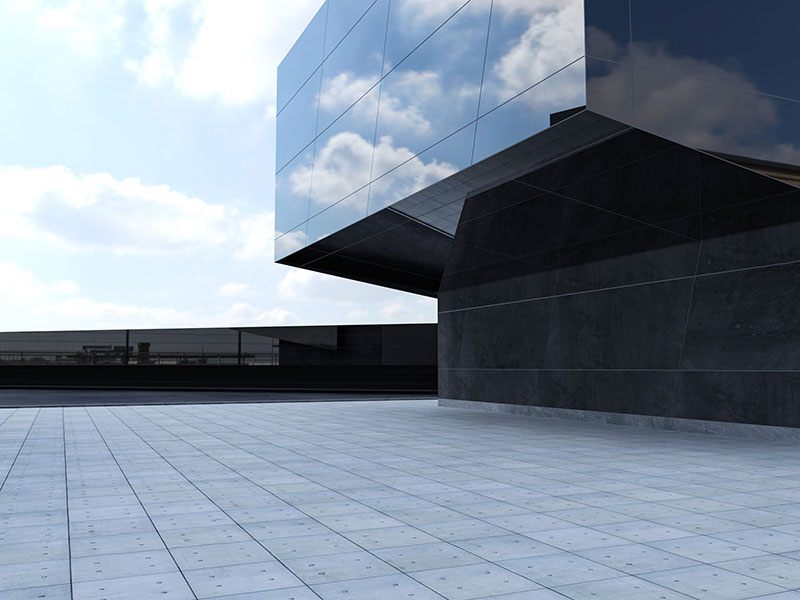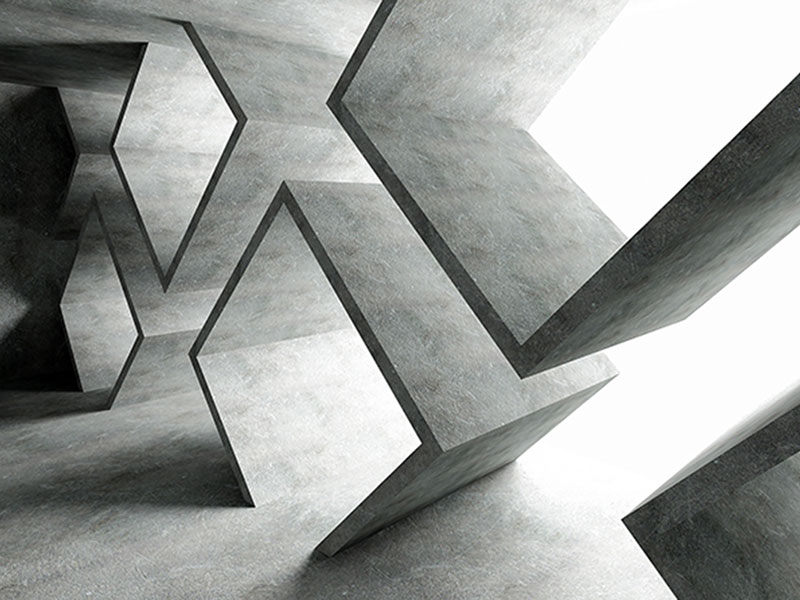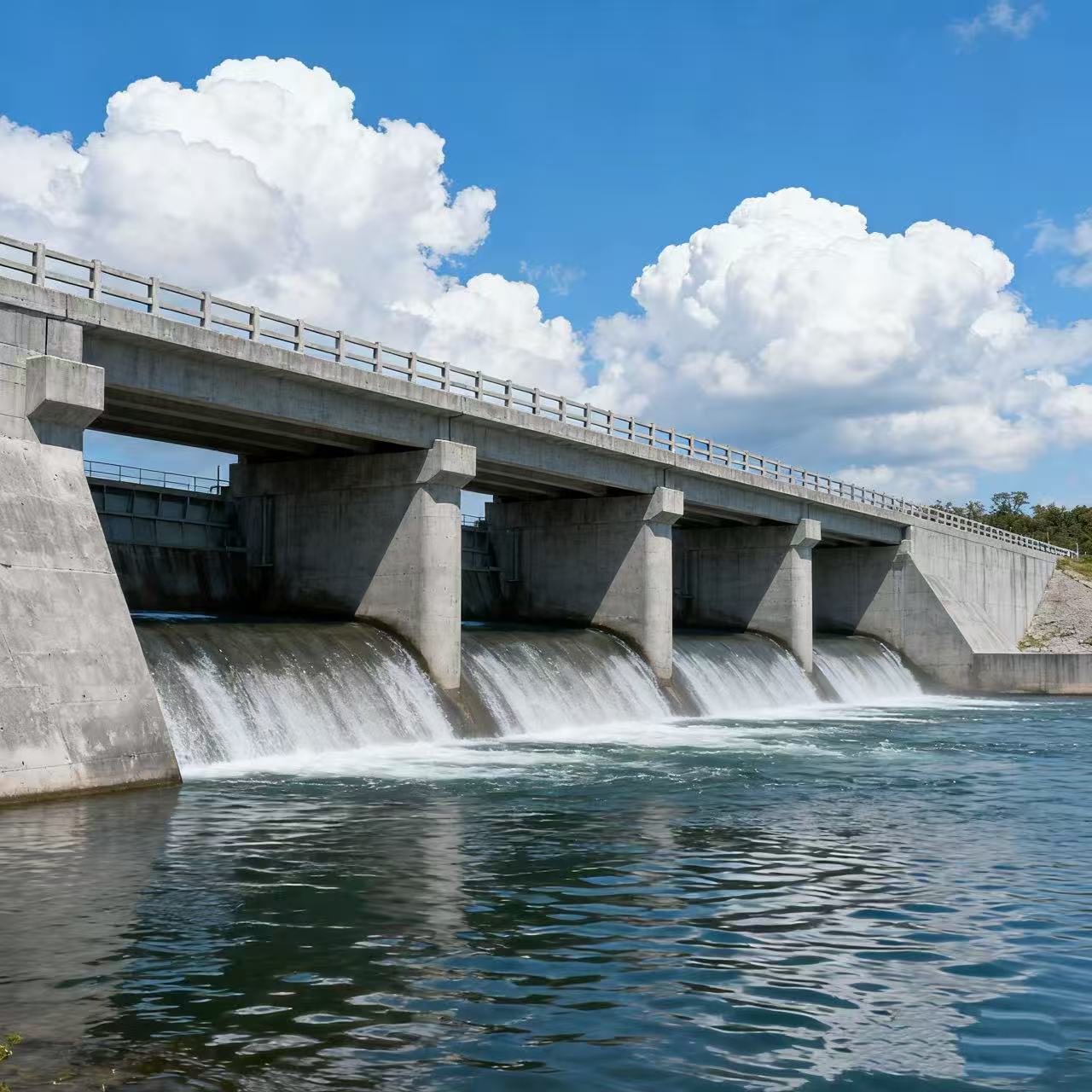Product Features:
Low alkaline content.
The main and fundamental purpose of using low alkali cement is to prevent the "cancer" of concrete - alkali aggregate reaction.
1. What is Alkali Aggregate Reaction (AAR)?
This is a chemical reaction that occurs inside concrete. When alkali (Na ₂ O, K ₂ O) in cement reacts with some specific types of active ingredients (such as active silica) in concrete aggregate (sand, stone), an alkali silica gel will be generated on the aggregate surface.
2. Hazards of alkali aggregate reaction:
This kind of gel has strong water absorption, which will absorb surrounding water and cause volume expansion. This expansion will generate huge internal stresses, leading to cracking, peeling, and damage of concrete structures from the inside. This kind of damage is irreversible and will seriously affect the durability, safety, and service life of the structure.
3. The function of low alkali cement:
By using low alkali cement, the total alkali content in concrete is greatly reduced at the root, making it difficult for alkali aggregate reactions to occur or greatly reducing the degree of reaction, thereby effectively preventing concrete cracking and damage caused by this.
Application scope:
Low alkali cement is mainly used in important engineering projects that have extremely high requirements for concrete durability and may pose a risk of alkali aggregate reaction in the environment or materials used.
Marine and Port Engineering:
For example: docks, breakwaters, coastal buildings.
Reason: In addition to the possible use of active aggregates, salt in seawater and marine environments can introduce external alkalis, exacerbating the risk of alkali aggregate reactions. The use of low alkali cement is one of the important protective measures.
Concrete engineering using active aggregates:
In some regions, locally available sand and gravel aggregates may be alkali active (such as opal, chalcedony, microcrystalline quartz, etc.). In this case, even if it is not a mega project, low alkali cement must be used to ensure safety.
Important industrial and civil buildings:
For example, large underground facilities, precision factories with strict restrictions on cracks, etc.
 The company currently has one national encouraged energy-saving and environmentally friendly vertical grinding machine production line, with an annual design production capacity of 2 million tons, strong technical strength, and complete equipment support.
The company currently has one national encouraged energy-saving and environmentally friendly vertical grinding machine production line, with an annual design production capacity of 2 million tons, strong technical strength, and complete equipment support. The company obtained the "Shandong Province Industrial Standard Product Approval Certificate" in 2021 and was approved by the Shandong Provincial Quality and Technical Supervision Bureau in October of the same year
The company obtained the "Shandong Province Industrial Standard Product Approval Certificate" in 2021 and was approved by the Shandong Provincial Quality and Technical Supervision Bureau in October of the same year 54 years of technological accumulation, breaking through barriers and standing firm | Helping cement grinding enterprises break free from the "red ocean of internal competition" and achieve cost reduction and efficiency improvement
54 years of technological accumulation, breaking through barriers and standing firm | Helping cement grinding enterprises break free from the "red ocean of internal competition" and achieve cost reduction and efficiency improvement




